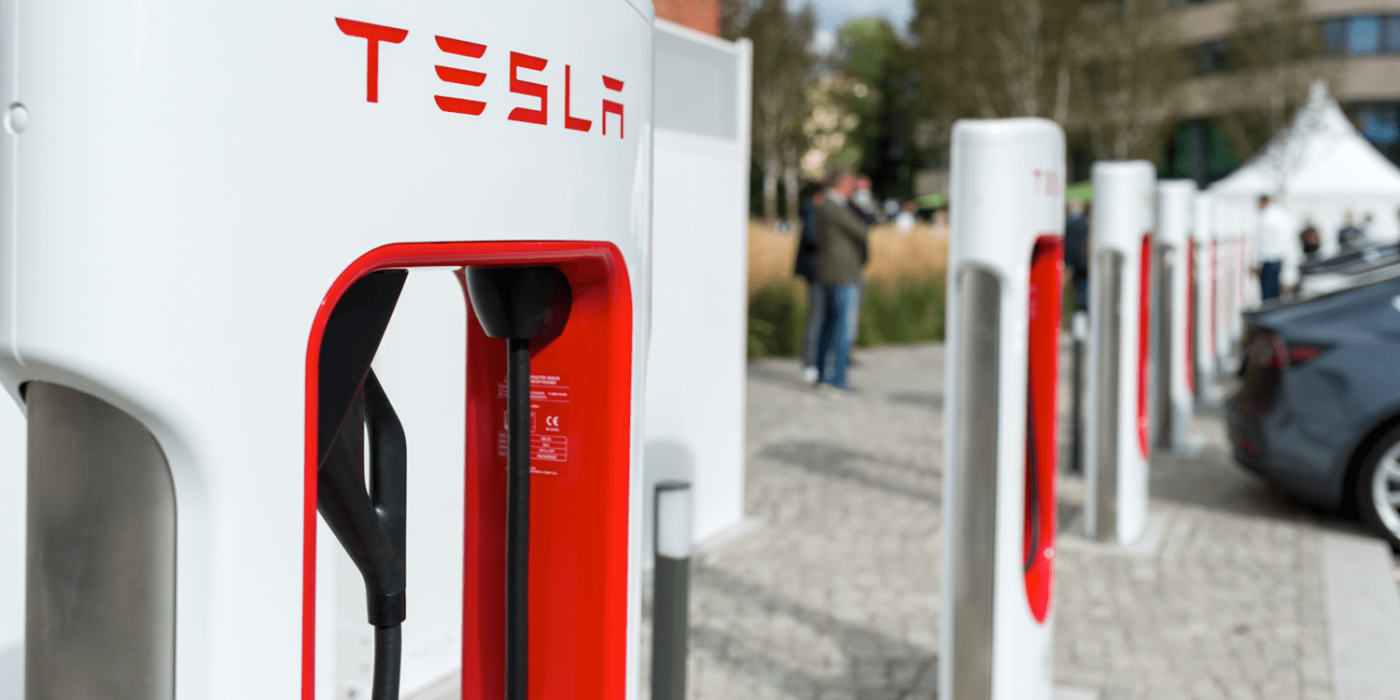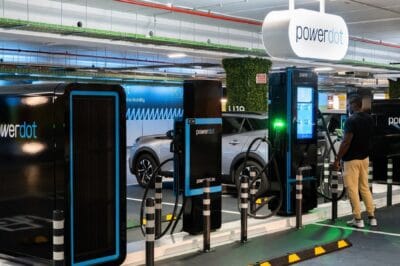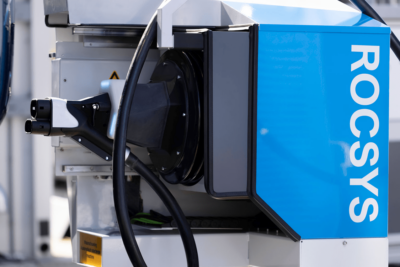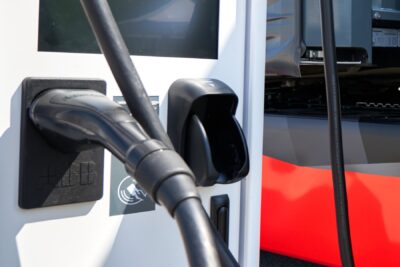White House confirms NEVI requirements; gets Tesla on board
The US government has set the final requirements for its “Made in America” EV charging stations to qualify for the 7.5 billion dollar subsidy programme and NEVI. As leaked in advance, CCS is the new standard, and this time, Tesla is specifically on board.
Today’s requirements largely correspond to reports from earlier in the week. The White House has made using the CCS fast-charging standard a condition for anyone wanting to receive subsidies. Along with the new EV tax credits, the charging infrastructure subsidy is central to US President Joe Biden’s plan for battery-electric cars to account for half of the sales in 2030. The US Department of Transportation and Energy will provide nearly $5 billion in funding over five years to help states build the network, particularly along highways. The provision is known as NEVI for the ‘National Electric Vehicle Infrastructure’ program.
The CCS1 standard is already widespread in North America. It combines the Type 1 connection for AC charging with the two DC contacts – in Europe, the CCS2 with Type 2 socket + DC is used.
Another requirement that has been known before is that only charging stations (mostly) built in the USA are eligible (55% of components). This has led to companies like Tritium or Spain’s Wallbox building factories in the US to supply the market directly. ABB and Siemens have also increased US production capacities to follow suit with the incoming regulation.
According to the White House, domestic assembly requirements for electric vehicle charging equipment will be effective immediately. In addition, all manufacturing processes for steel and iron enclosures, from melting and pouring through the final application of coatings, must also occur in the United States.
Tesla will open part of its network to electric vehicles of any make
What is new in today announcement is that the White House refers directly to companies already working towards the envisioned rollout of about half a million electric vehicle chargers.
Most interestingly, the new conditions will affect Tesla, which presently uses a proprietary “standard” and just recently tried to push for it to become the “North American Charging Standard” NCAS. Tesla released the design of the NCAS in November 2022 to encourage other carmakers and charging network operators to install the NCAS. Given today’s decision, this will not happen.
Instead, the White House announcement states Tesla would make at least 7,500 of its Superchargers and Destination Chargers “available to all electric vehicles” by the end of 2024, including at least 3,500 Superchargers with 250 kilowatts of power. The open chargers will be distributed across the United States, so the White House, and stand along highway corridors to expand freedom of travel for all EVs, and Level 2 Destination Charging at locations like hotels and restaurants in urban and rural locations. All EV drivers can access these stations using the Tesla app or website. Additionally, according to the official statement, Tesla will more than double its full nationwide network of Superchargers manufactured in Buffalo, New York.
Tesla has essentially confirmed the announcement on Twitter.
Select Tesla Superchargers across the US will soon be open to all EVs
— Tesla Charging (@TeslaCharging) February 15, 2023
However, it is unclear how exactly the opening will happen. While Tesla had long announced the opening of its Supercharger network to electric cars from other brands, it has not yet done so in the US. In Europe, selected Tesla Superchargers reportedly are accessible to third-party brands in a total of 15 countries.
In Europe, however, Tesla has been using the CCS2 standard since the premiere of the Model 3, both on its vehicles and in the charging infrastructure. The older V2 Superchargers were retrofitted with a CCS cable; the new V3 Superchargers are pure CCS charging stations. Here, the opening for foreign brands was a pure software release that could immediately reach a large audience. In the USA, opening up NCAS charging stations would be more complicated.
Whether the possibility of charging with an electric car of another brand at the Superchargers with an adapter from NCAS to CCS1 is sufficient for eligibility is currently unknown.
Other requirements include an uptime of 97 per cent or a simple payment method for all subsidised charging stations. And operators must provide a lot of data, such as the exact location, prices and availability.
Other network operators are also on board with NEVI
Apart from Tesla, the White House has also listed advances of other manufacturers and CPOs. One of the biggest rollouts mentioned is by Hertz and BP. A number of installations are expected to include large-scale charging hubs, known as “gigahubs,” so the statement. These will serve drivers of ride-share and rental cars foremost. BP aims to invest $1 billion in EV charging in the US by 2030. Hertz’s objective is to make one-quarter of its fleet electric by the end of 2024.
The US government also lists Volkswagen’s Electrify America, EVgo and GM or the plans of Volvo Cars and Starbucks among initiatives already underway and eligible for funding.
In order to ensure that chargers installed during the bulk of the NEVI program are fully compliant with the requirement under the Build America, Buy America Act of 55 per cent domestic content, any equipment that does not meet that standard must be installed no later than 01 October 2024. What is more, the FHWA wants to offer numerous webinars in February and March, for states and municipalities to learn more about the regulations and possible technical support for the development of the charging infrastructure.
The US Department of Energy is also releasing $7.4 million in funding for seven projects that will build charging and hydrogen infrastructure for medium- and heavy-duty vehicles in 23 states. The DOE-funded projects will focus on the electrification of heavily trafficked domestic freight corridors, including those serving Northern and Southern California, the Eastern Seaboard, the Northeast, Southwest, and much of the Midwest.





3 Comments